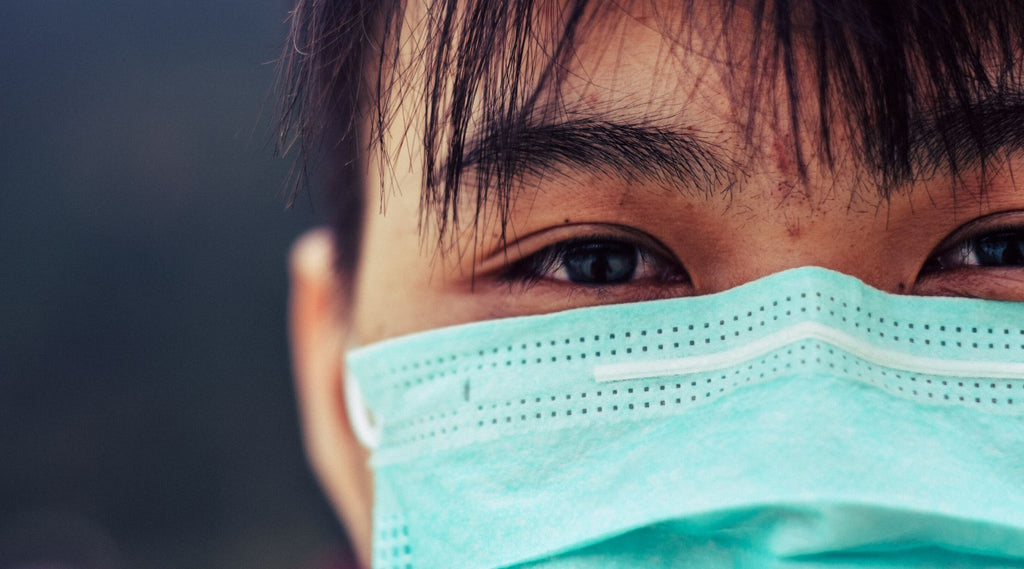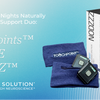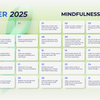As of 4/3 3:06 pm ET, the COVID-19 Tracking Project reported 1,267,658 total people tested. Of those individuals tested, 1,028,649 (81.15%) tested negative, while 239,009 (18.85%) tested positive. There’s an estimated 62,101 tests pending results.
There’s been a significant jump in testing from a week ago (3/26), which reported 519,338 people tested — that’s over two times the number of tests performed. Though, this has added to a substantial number of backlogged tests. There’s only 1,850 difference in pending test numbers from a week ago.
The number of hospitalizations have increased over three times in less than a week — 10,131 reported hospitalizations (3/26) and 32,649 (4/2). The number of reported deaths have increased even more with 1,163 deaths reported (3/26) and 5,784 deaths (4/2).





